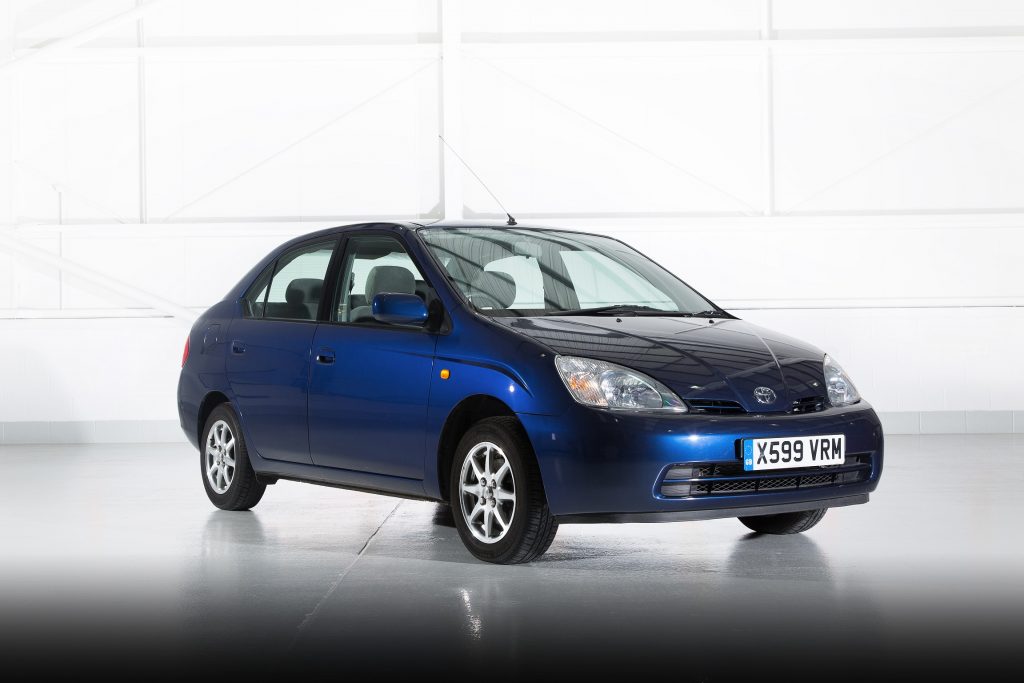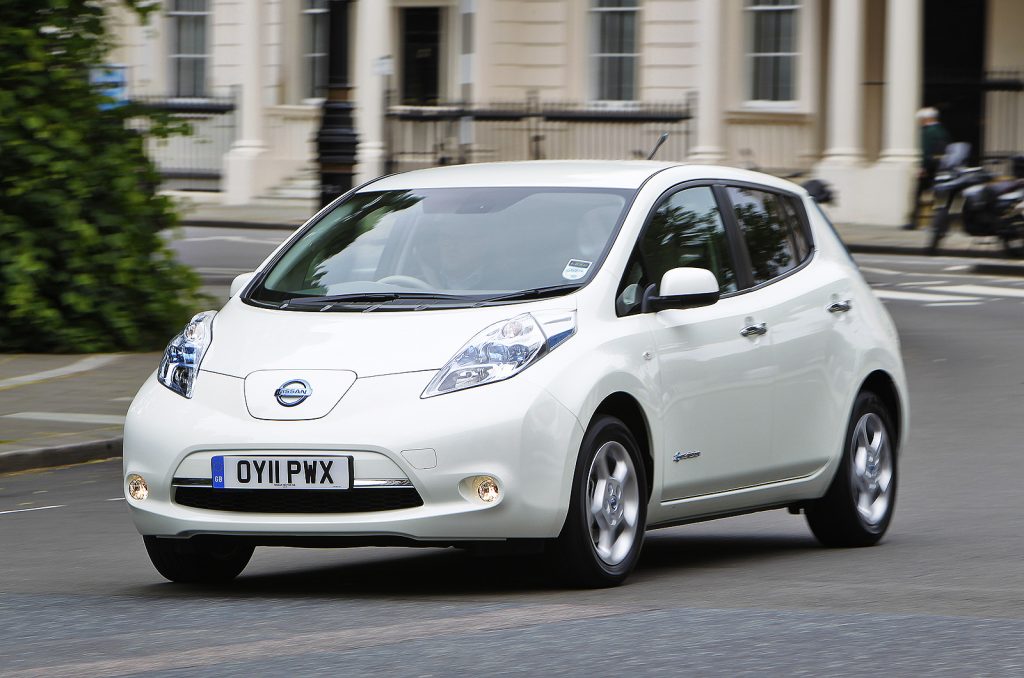Motoring journalist Andy Russell has witnessed the rise and growing appeal of electrified vehicles from the driving seat over the past two decades but was originally sceptical they would drive the future. We asked him more about his early experiences.
“It’s 20 years since I drove my first hybrid with the arrival of the Mark 1 Toyota Prius which started life as a saloon when launched in the UK in late 2000.
Here was a car with, at that time, a 1.5-litre petrol engine and an electric motor. The prospect was exciting although it hardly looked hi-tech and futuristic but promised mega MPG for a petrol car.
In those days, most people were unaware of emissions and more interested in fuel economy.
The Toyota Hybrid System in this Prius was supposed to do 57.6mpg combined but I struggled to top 40mpg.
I was left pondering the point of hybrids when I could get better consumption from a diesel, some of them big lumps of engine and not always turbo charged in those days!“

“Over the following years I drove every UK-bound model from self-charging hybrid pioneers Toyota and Lexus, as well as other major manufacturers.
Once I had mastered how to get the most out of the short battery range around town, a feather foot on the throttle pedal and coasting long distances to slowly shed speed approaching traffic lights and obstacles the MPG soared along with hybrid sales.
I was regularly achieving mid 60s, even 70s, in real-world driving out of the later 1.8-litre Prius and Auris. And a Yaris supermini returned 80mpg on a gentle run.
Add to that low emissions – both carbon dioxide (CO2) and the nitrogen oxides (NOx), the latter particularly harmful for people with breathing issues and heart problems – and hybrids made sense.
My first experience of a pure electric vehicle (EV), one driven only by battery and with no combustion engine for back-up, was the original Nissan Leaf in 2011.
And it makes you realise how far battery and EV technology has come in 10 years and how rapidly it is now progressing“.
The world’s best-selling electric car for many years, the biggest problem was ‘range anxiety’ – fear of running out of charge and being stranded miles from a plug socket. Charging points were also few, and far, between.
When introduced in the UK, the Leaf had an official range of up to 124 miles on a charge. But that depended on driving style and weather conditions – the lower the outside temperature the lower the range.
“The reality during my test of the Leaf was 90 miles with a full charge so my wife and I set off from home, near Norwich, for Sheringham on the North Norfolk coast.
It was all going well, eco cruising at an energy-efficient 45mph. We even turned off the radio, and talked instead, to minimise using charge.
We reached Sheringham with plenty of ‘juice’ left in the battery to get home again… or so we thought.
Still driving sensibly, the range began to plummet and, as a result, so did the speed at which I was driving. Eventually I was crawling along at 30 to 35mph with a stream of traffic behind me. I was even passed by cars towing caravans!“
Thankfully, Andy reached home with a handful of miles to spare.

And, thankfully, EVs have come on in leaps and bound with many now having official ranges of more than 250 miles, and some well into the 300s, which will give them a respectable real-world range.
Charging points are now becoming more common to break the journey and top up the charge.
Little wonder then that pure EV UK registrations last year were 185.9% up on 2019 at 108,205 units.
Meanwhile, plug-in hybrid electric vehicles, capable of 30 to 40 miles of pure electric motoring but backed up by a combustion engine, rose 91.2% to 66,877.
“My wife and I still drive a conventionally-powered car but our next one will almost certainly be electric as genuine ranges keep going up and prices, and finance packages, come down“.
If you are considering switching to an EV speak to Credo Eco Finance specialist Michael Seago who is happy to offer no-obligation advice on options available and single-payment finance packages. Call 01603 381955 or email [email protected]
